Antunes Lab
Dinler Amaral Antunes, Ph.D.
Assistant Professor, Computational Biology
Department of Biology and Biochemistry
Office: SERC, 3007
Contact: dinler@uh.edu
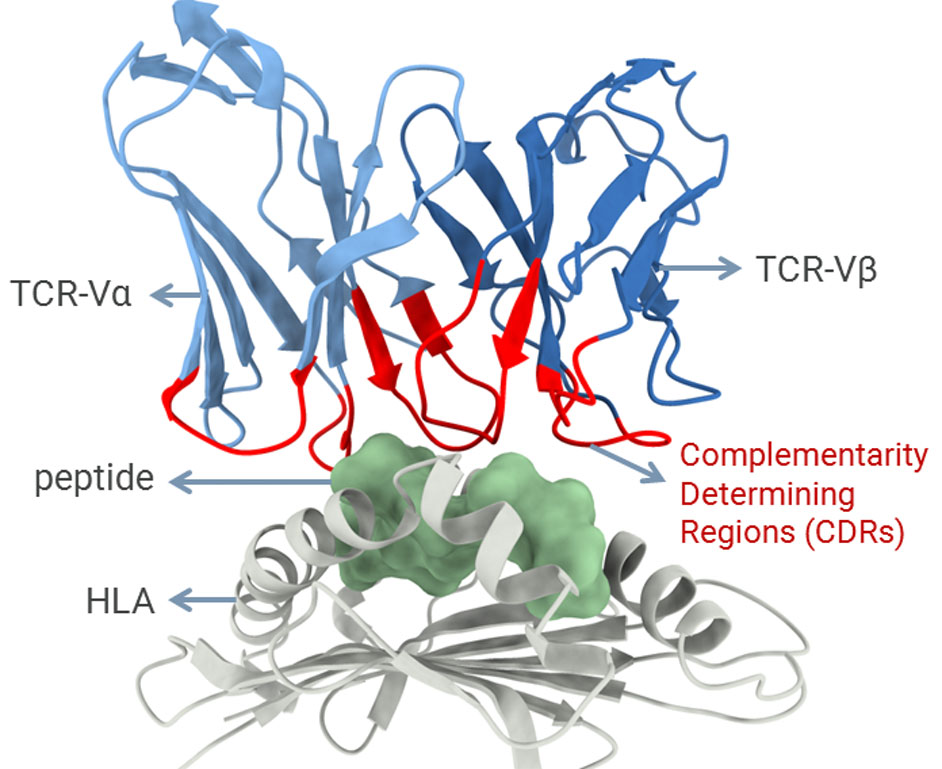
Dr. Dinler Amaral Antunes’ research group uses structural bioinformatics methods, such as molecular modeling, molecular docking and molecular dynamics, to investigate protein-ligand interactions with relevant biomedical applications. Since they are constantly pushing the limits of what can be done with available tools, his group is also actively adapting and developing new computational methods to address specific biological problems.
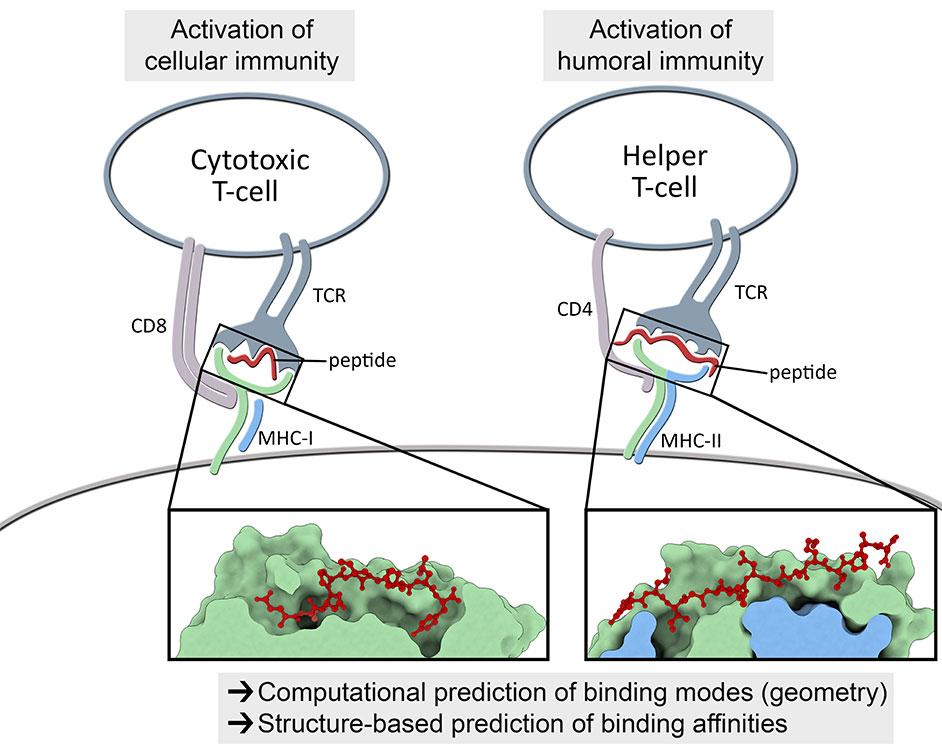
In addition to collaborative projects involving broader biomedical applications (e.g., drug discovery), his lab has a particular focus on studying the mechanisms involved in cellular immunity. This type of adaptive immunity is mediated by T-cell lymphocytes and is key for immunological responses targeting both viruses and cancer cells. T-cells can recognize pieces of proteins (i.e., peptides) displayed at the surface of other cells by a family of receptors known as human leukocyte antigens (HLAs). The recognition of peptide-HLA complexes is mediated by the complementarity determining regions (CDRs) of the T-cell receptor (TCR), representing a central step for the activation of T-cells and the development of cellular immunity.
Understanding the molecular features driving the affinity and specificity of the TCR/pHLA interaction can create new opportunities for biomedical applications across different fields, including antiviral vaccine development, cancer immunotherapy, and the treatment of autoimmune diseases. Over the past decade, Dr. Antunes has developed several tools to enable the computational modeling and structural analysis of peptide-HLA complexes. Now, he wants to combine these computational methods with data from high throughput molecular biology and proteomics approaches, to improve the safety and the efficacy of future T-cell-based immunotherapies.
More at Antunes Lab Research

Dinler Amaral Antunes, Ph.D.
Assistant Professor, Computational Biology
Department of Biology and Biochemistry
University of Houston
Houston, Texas 77204-5001
Office: SERC, 3007
dinler@uh.edu
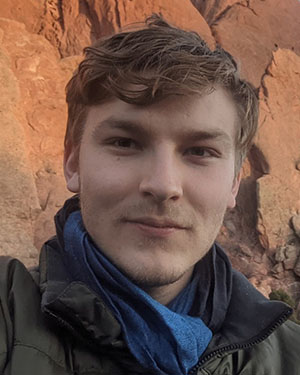
Finn Beruldsen
Graduate Student
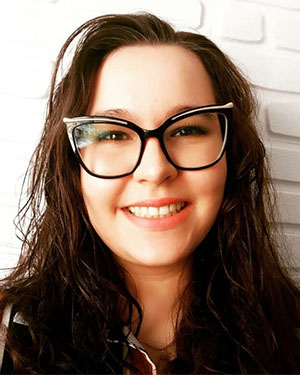
Pamella Borges
Graduate Student
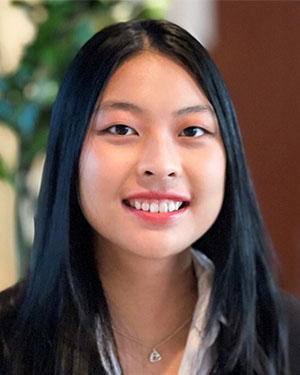
Sae Hee Choi
Graduate Student
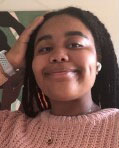
Jaila Lewis
Graduate Student
Martiela Vaz de Freitas
Postdoctoral Fellow
mvazdefr@central.uh.edu
Alfredo Calderón-Macedo
Undergraduate Student Researcher
Uyen Do
Undergraduate Student Researcher
Oscar Olbera
Undergraduate Student Researcher
Former Lab Members
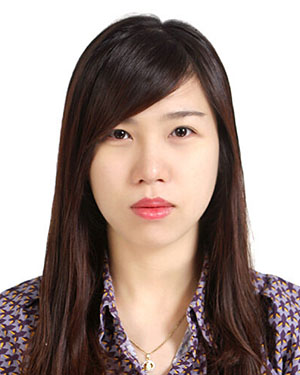
Hoa Nhu Le
Former Doctoral Graduate Student

Akash Borigi
Former Masters Graduate Student
André Luís Fonseca Faustino, Ph.D.
Former Postdoctoral Fellow
Hussain Kalavadwala
Former Undergraduate Student Researcher
San Tran
Former Undergraduate Student Researcher
- J. R. Abella, D. A. Antunes, K. Jackson, G. Lizée, C. Clementi, and L. E. Kavraki. Markov state modeling reveals alternative unbinding pathways for peptide–mhc complexes. Proceedings of the National Academy of Sciences (PNAS), 117(48):30610–30618, Dec 2020 (PDF)
- D. A. Antunes, J. R. Abella, S. Hall-Swan, D. Devaurs, A. Conev, M. Moll, G. Lizée, and L. E. Kavraki. HLA-Arena: a customizable environment for the structural modeling and analysis of peptide-HLA complexes for cancer immunotherapy. JCO Clinical Cancer Informatics, 4:623–636, July 2020 (PDF)
- D. A. Antunes, J. R. Abella, D. Devaurs, M. M. Rigo, and L. E. Kavraki. Structure-based methods for binding mode and binding affinity prediction for peptide-MHC complexes. Curr. Top. Med. Chem., 18(26):2239–2255, 2018 (PDF)
- D. A. Antunes, M. M. Rigo, M. V. Freitas, M. F. A. Mendes, M. Sinigaglia, G. Lizée, L. E. Kavraki, L. K. Selin, M. Cornberg, and G. F. Vieira. Interpreting T-cell cross-reactivity through structure: Implications for TCR-based cancer immunotherapy. Front. Immunol., 8:1210, 2017 (PDF)